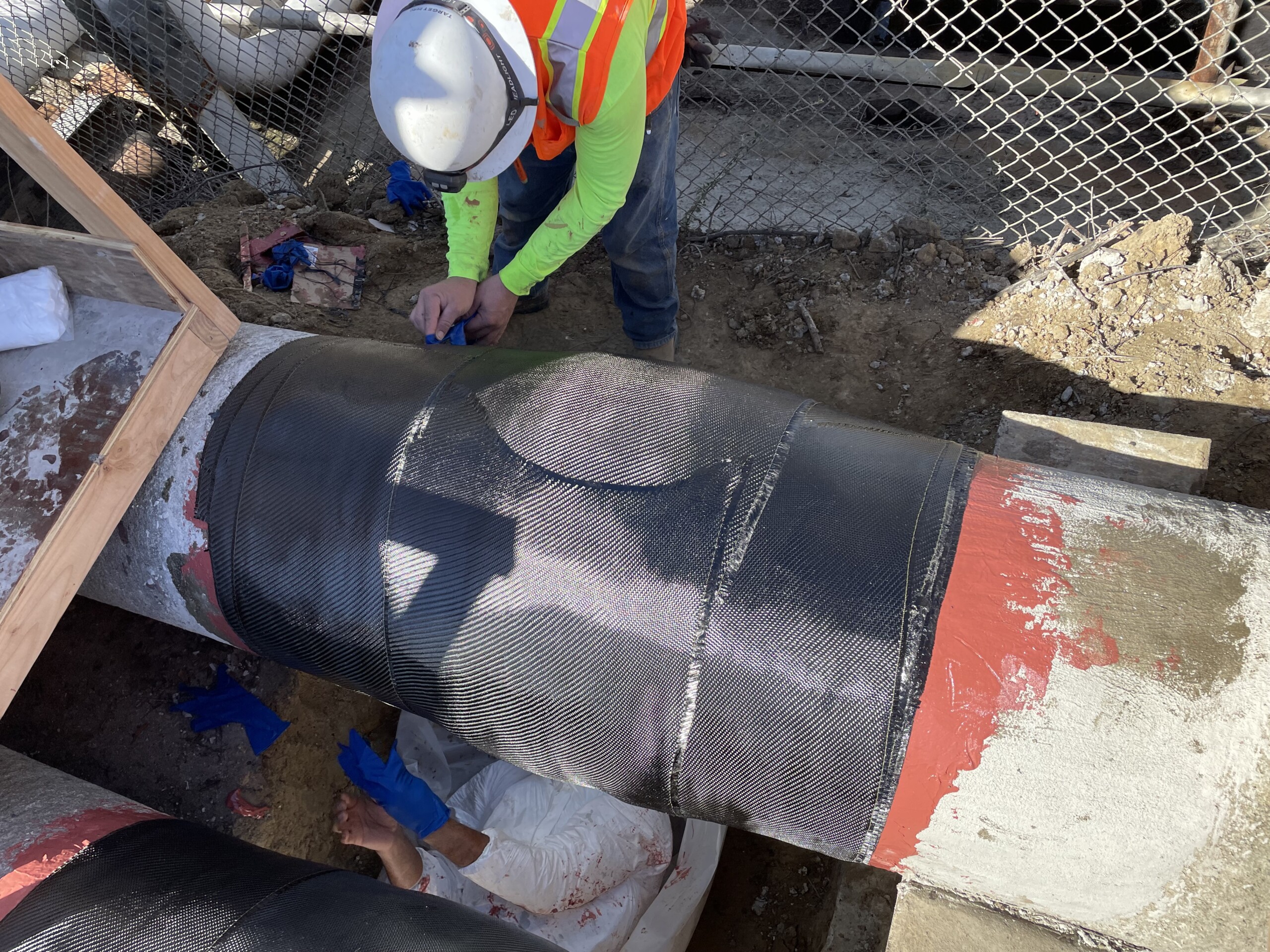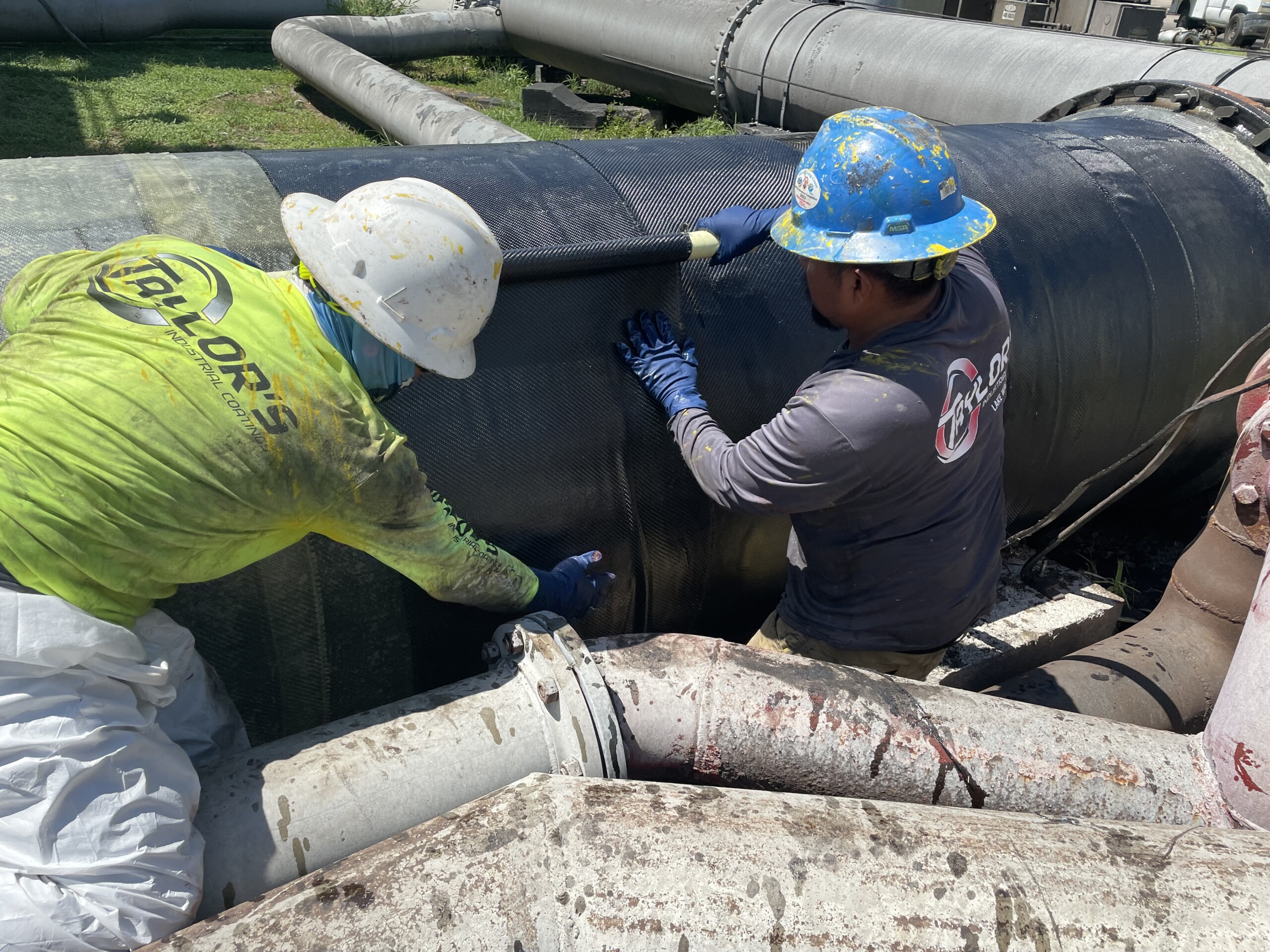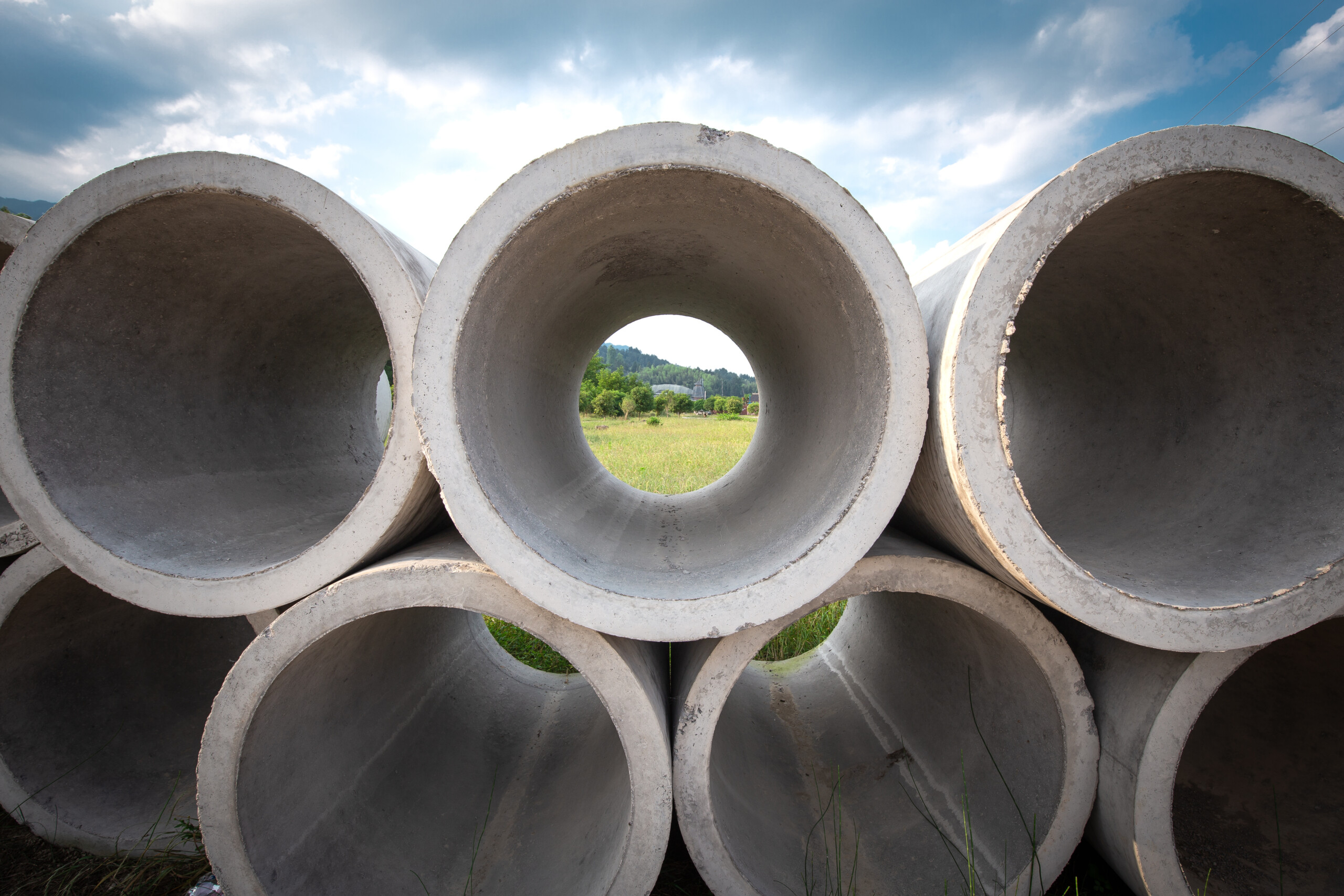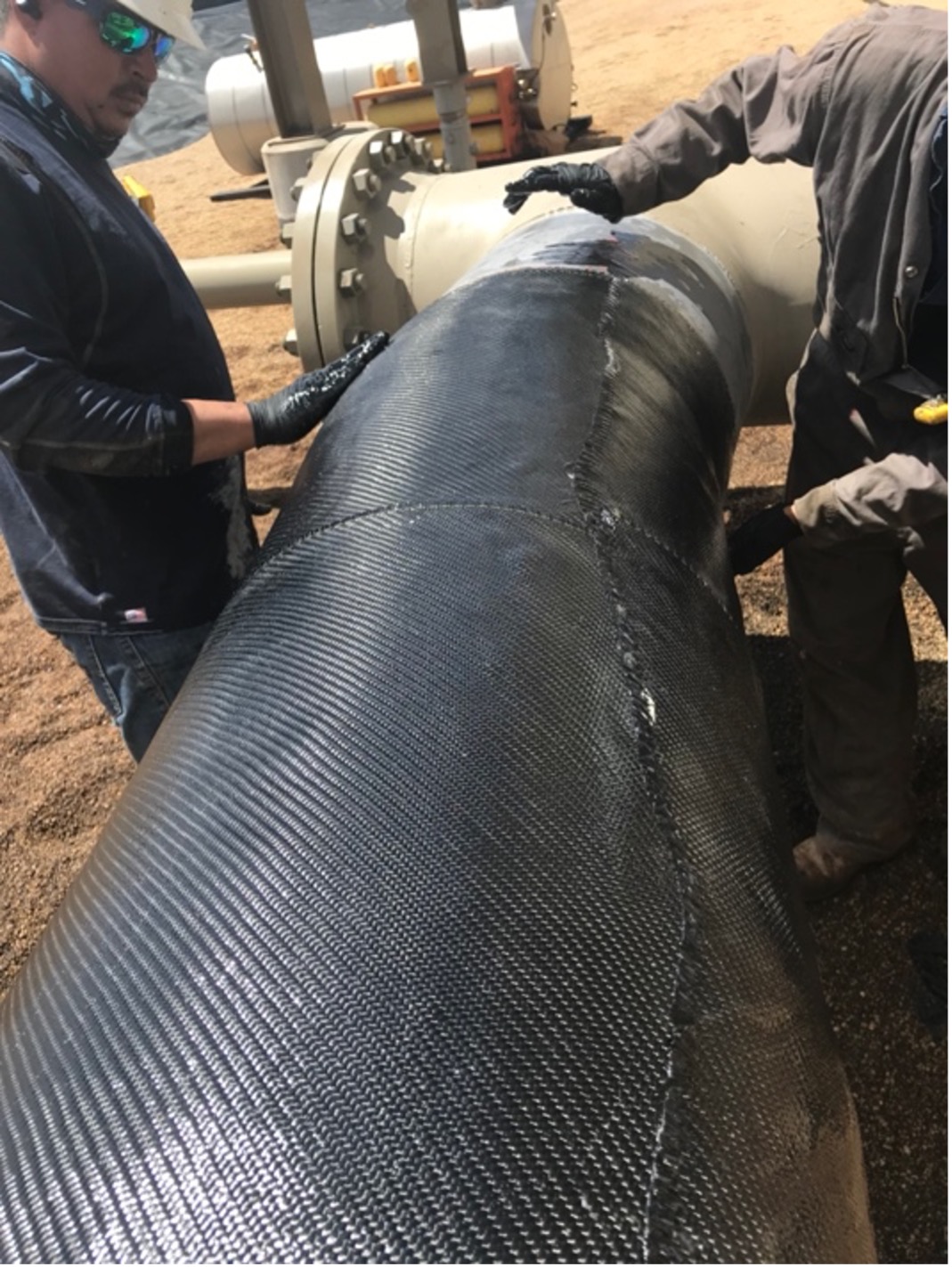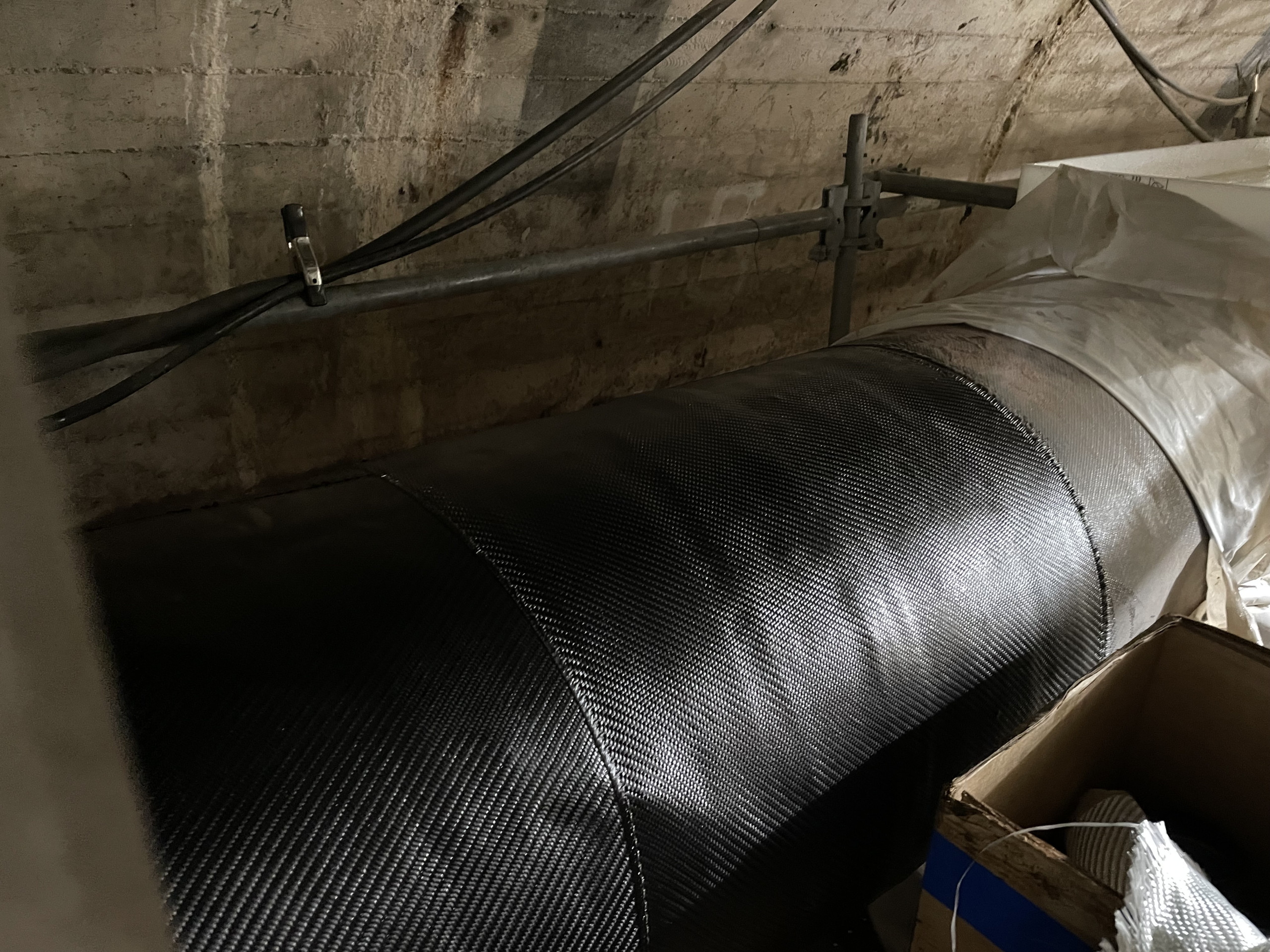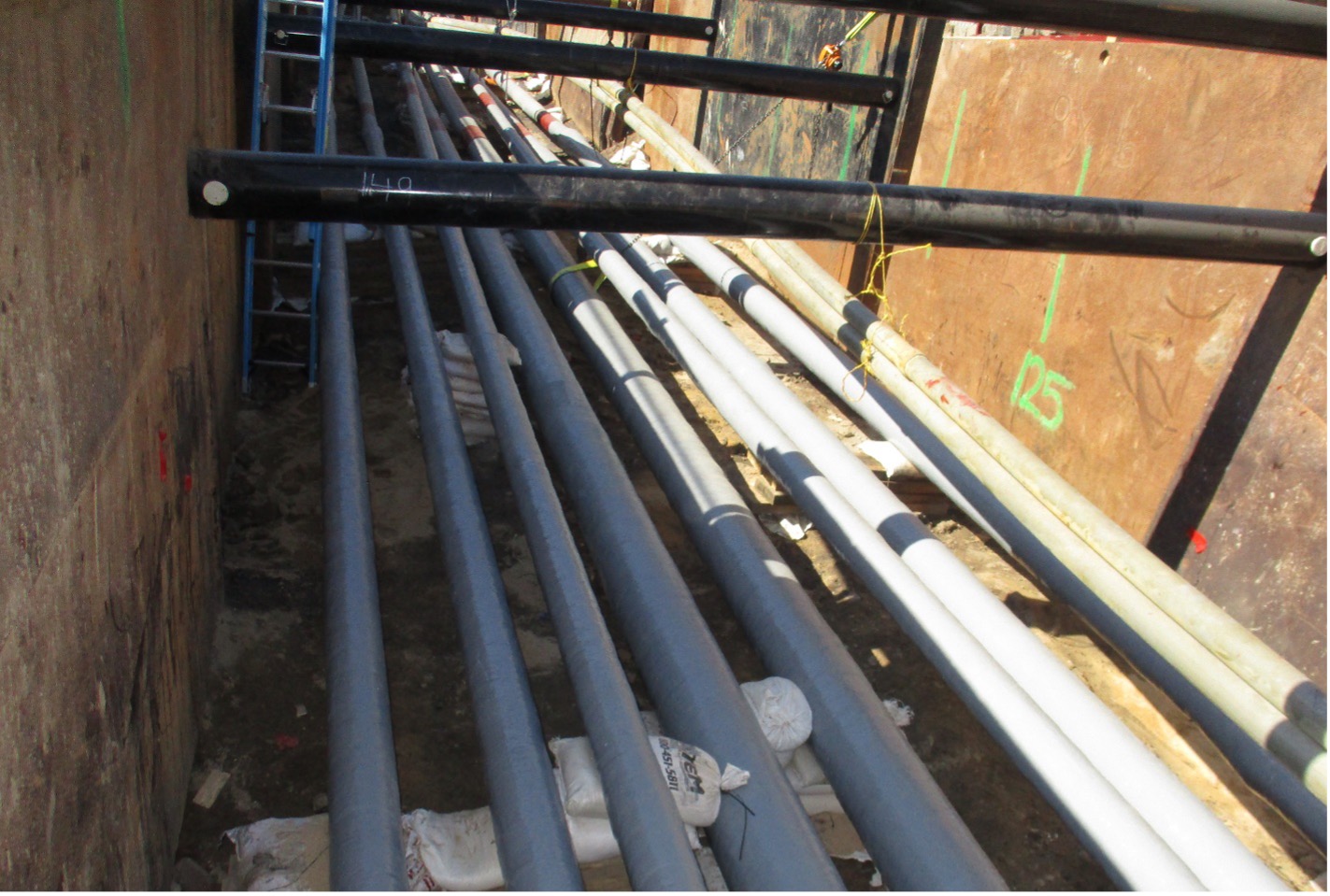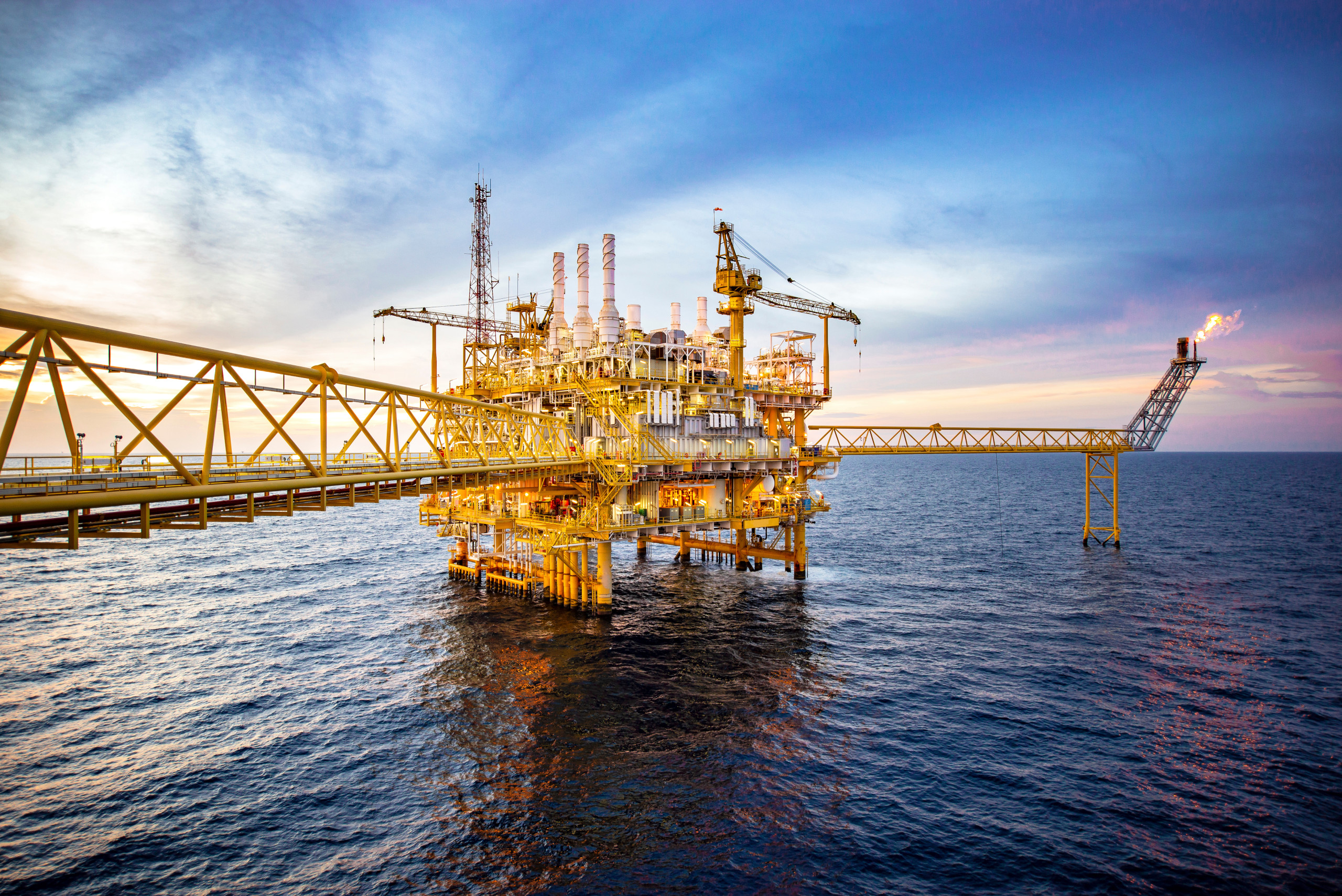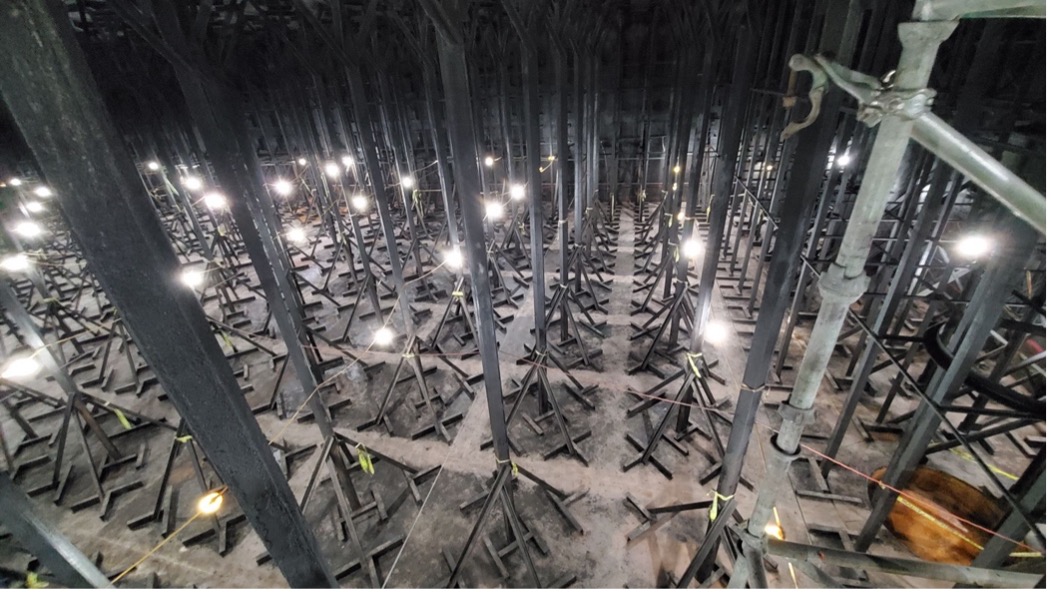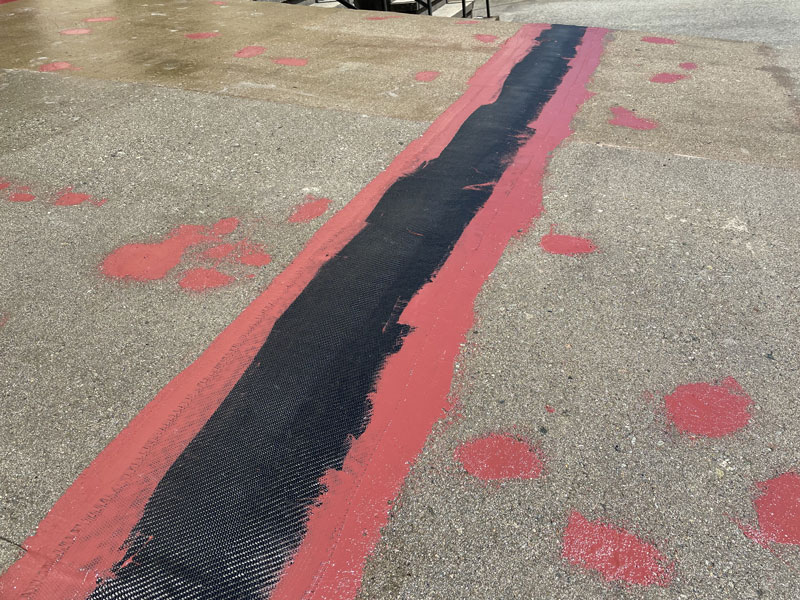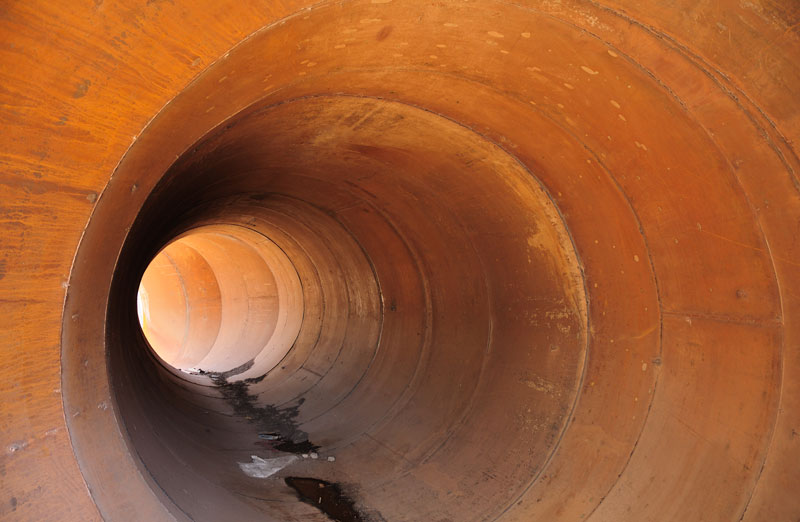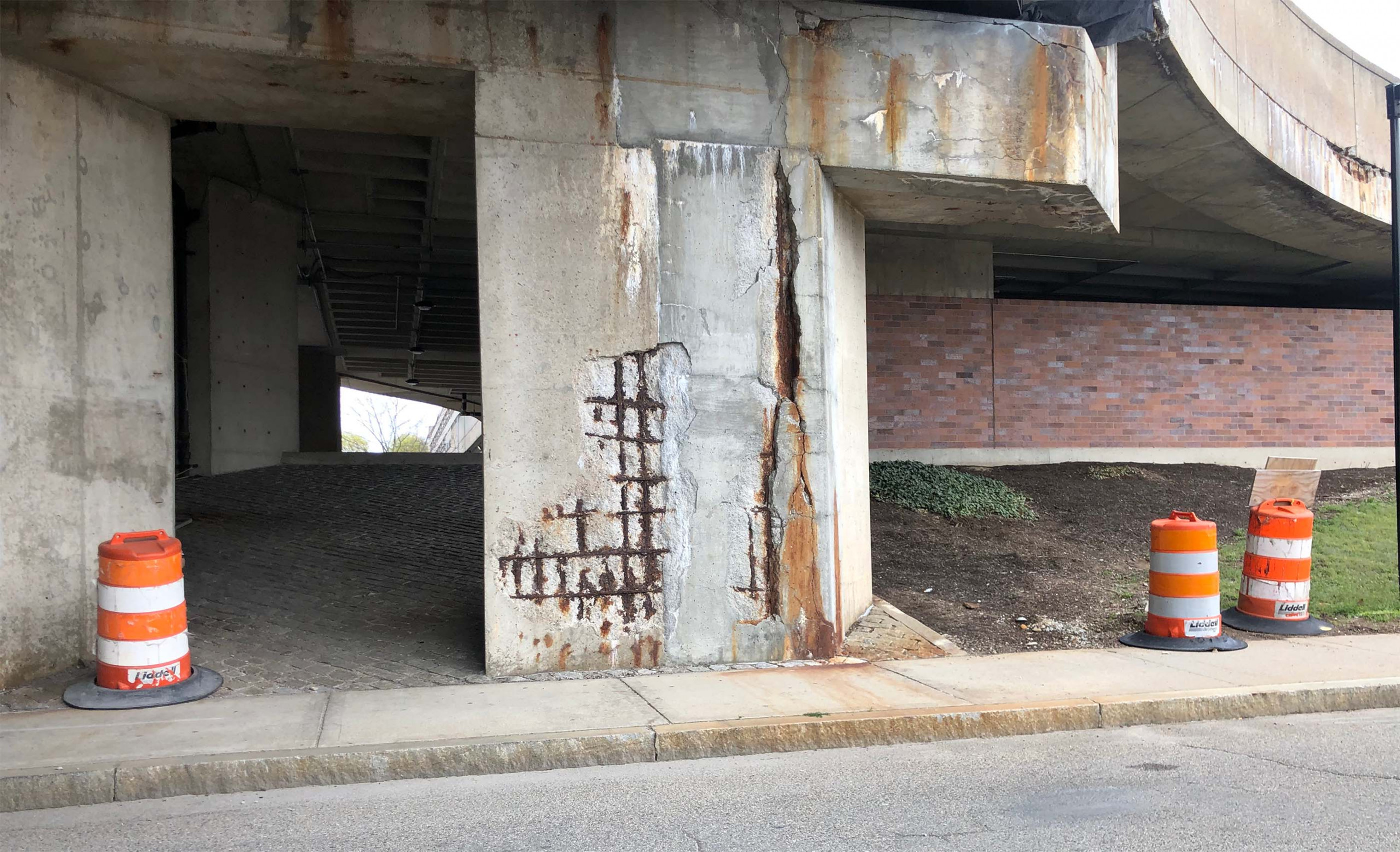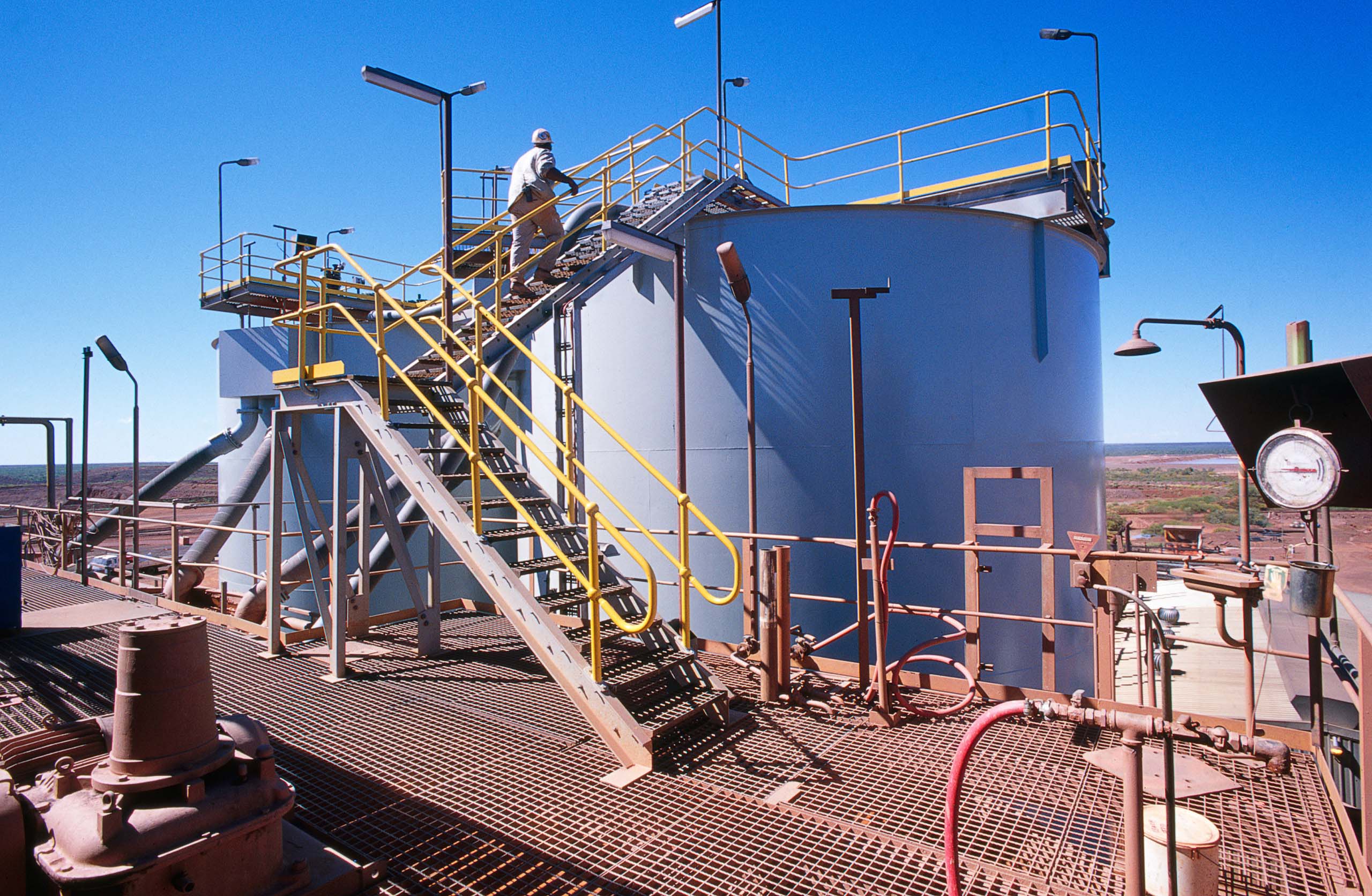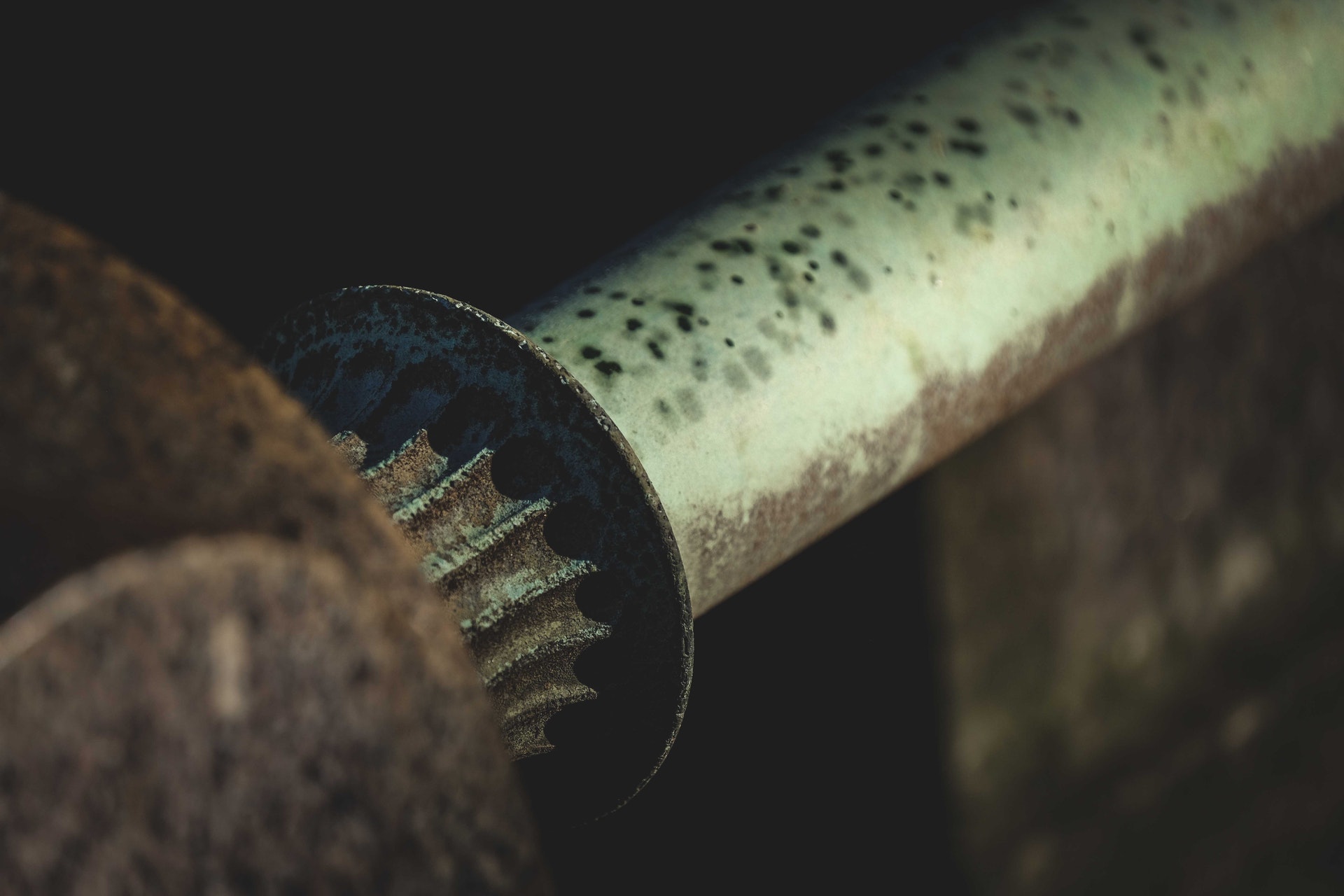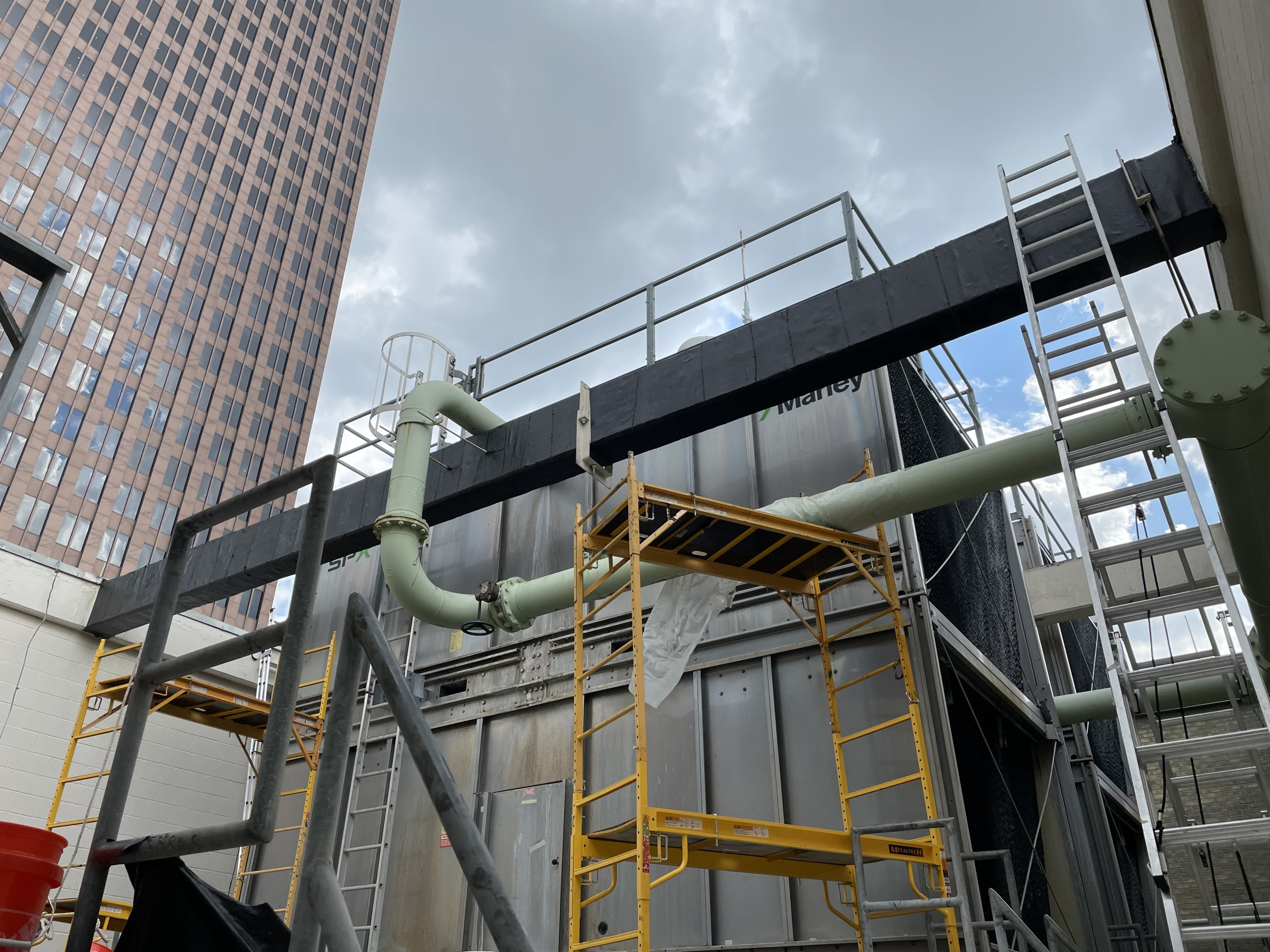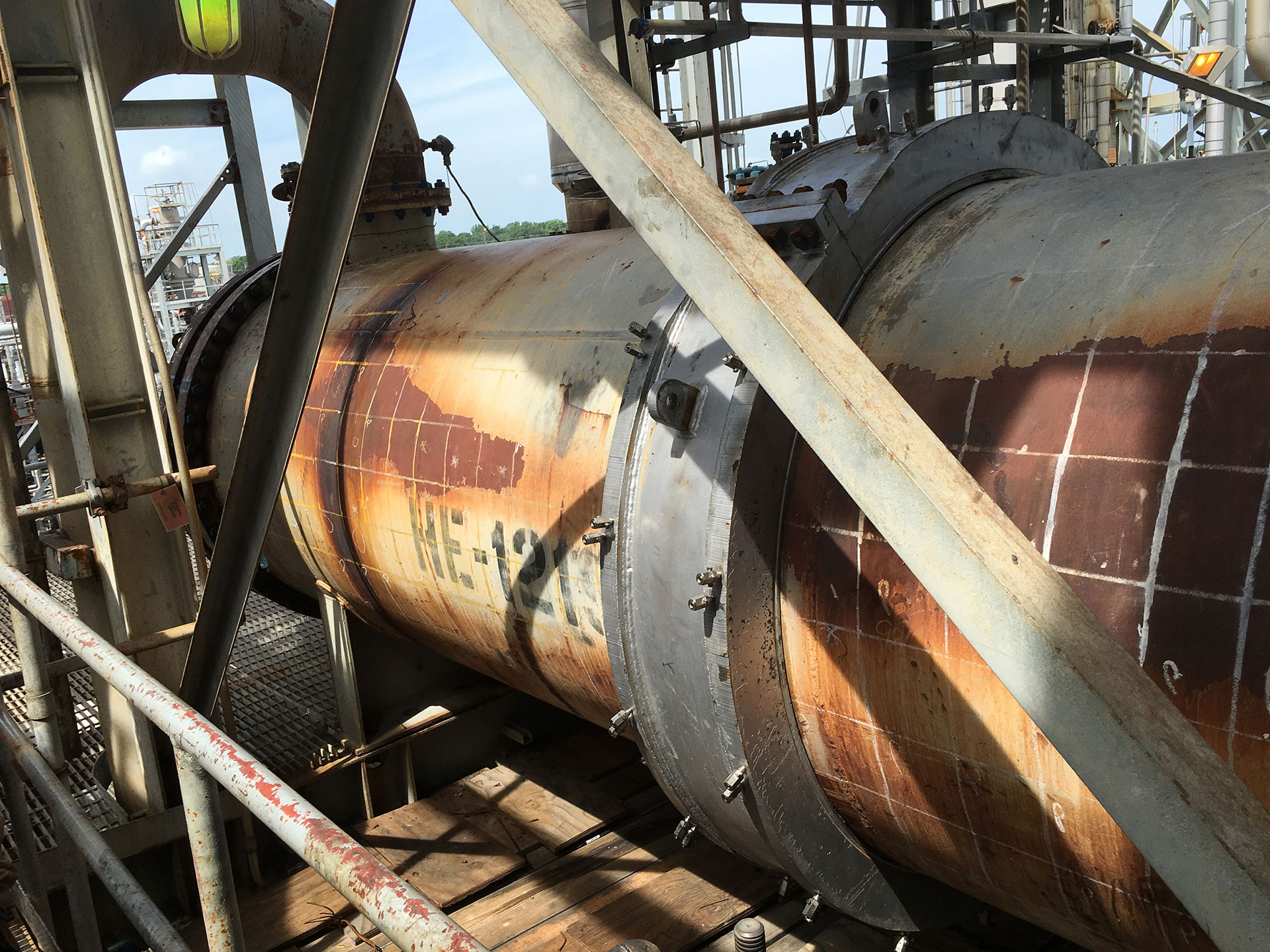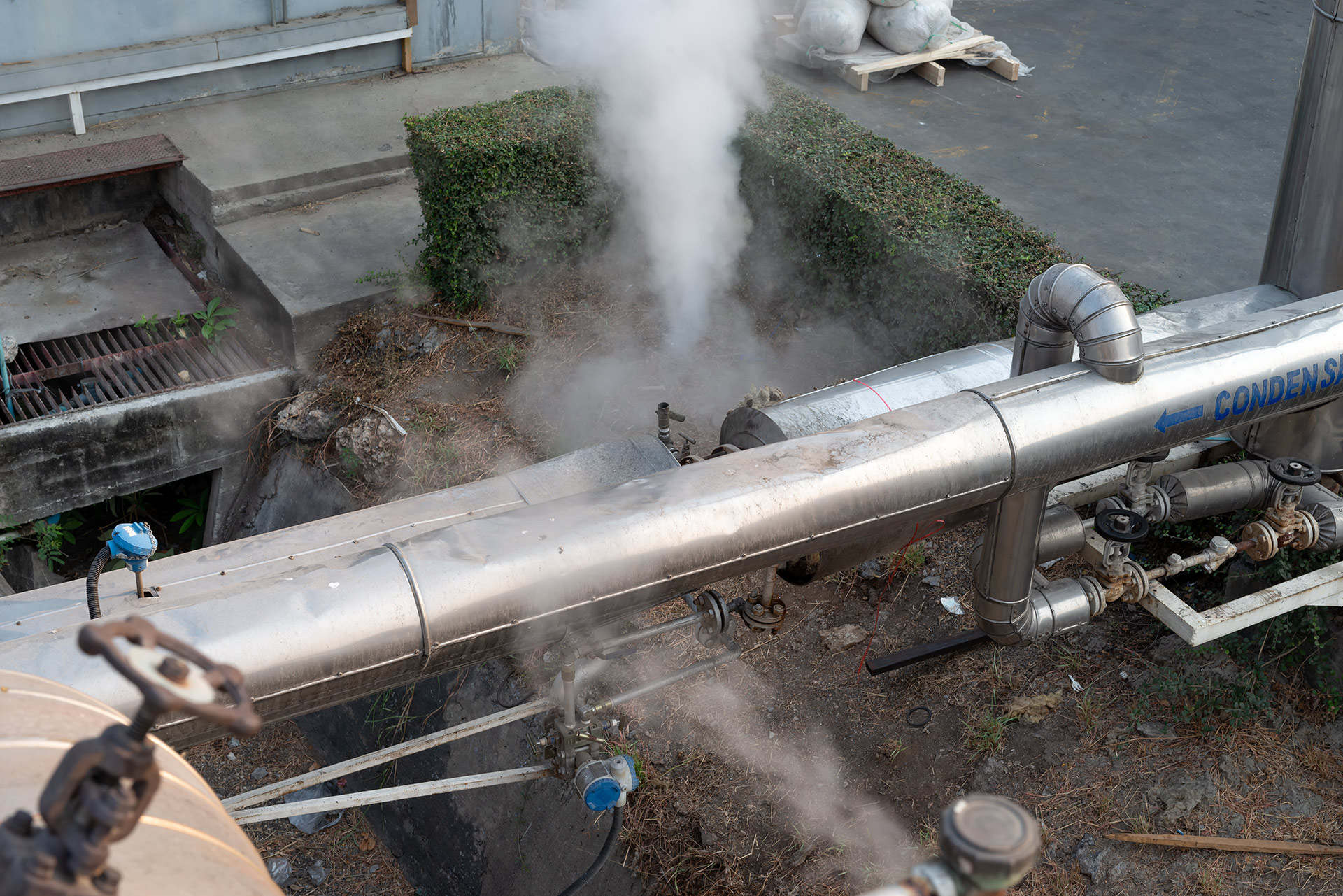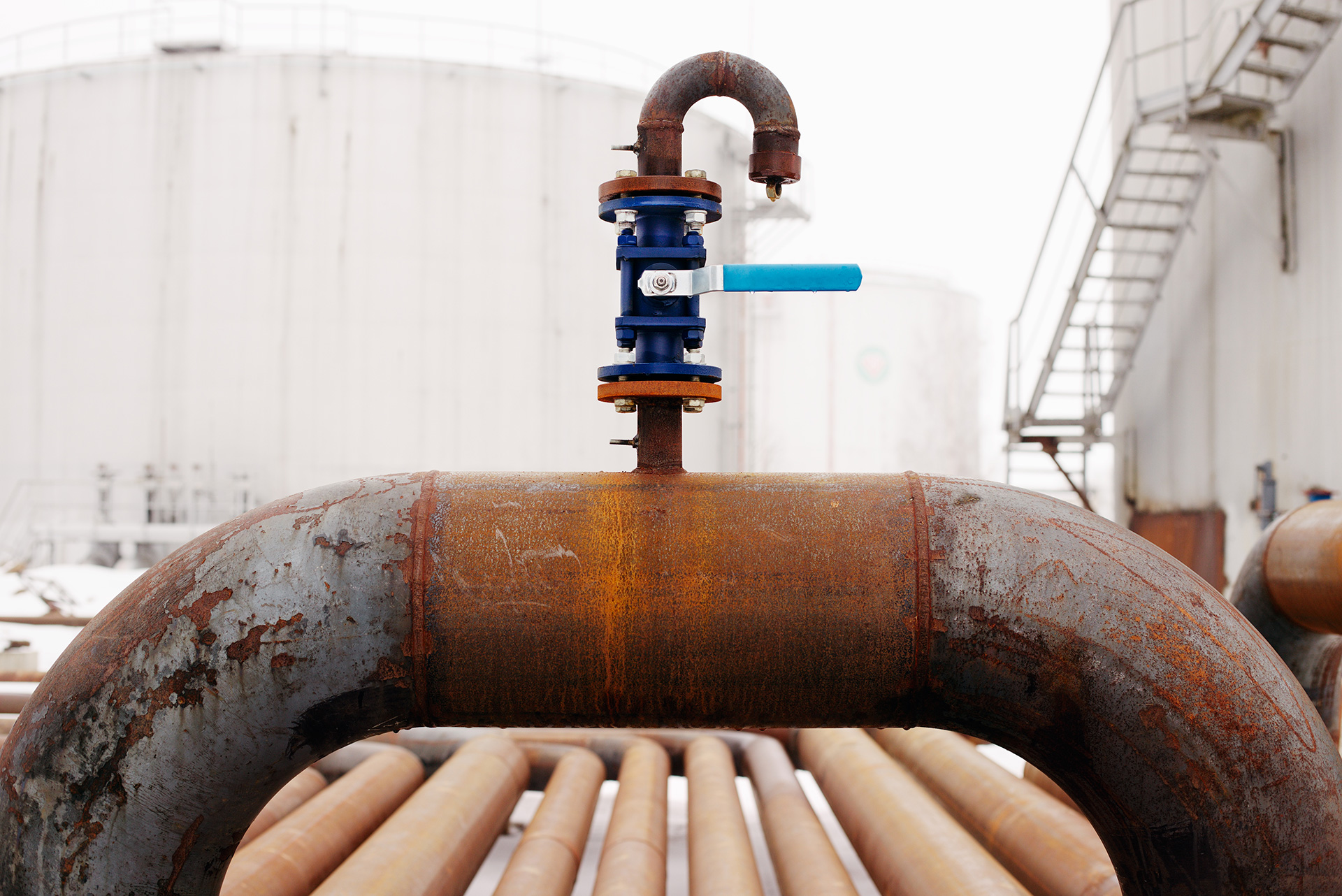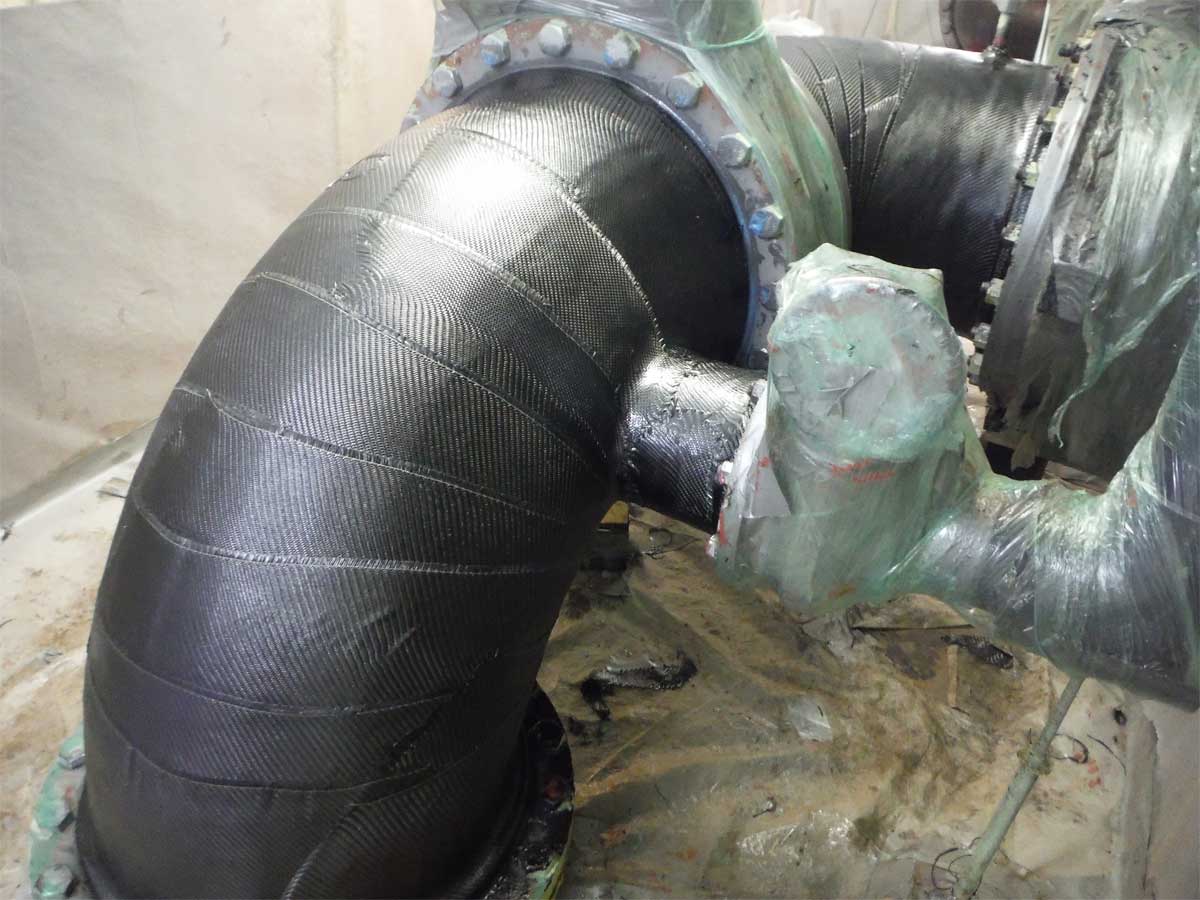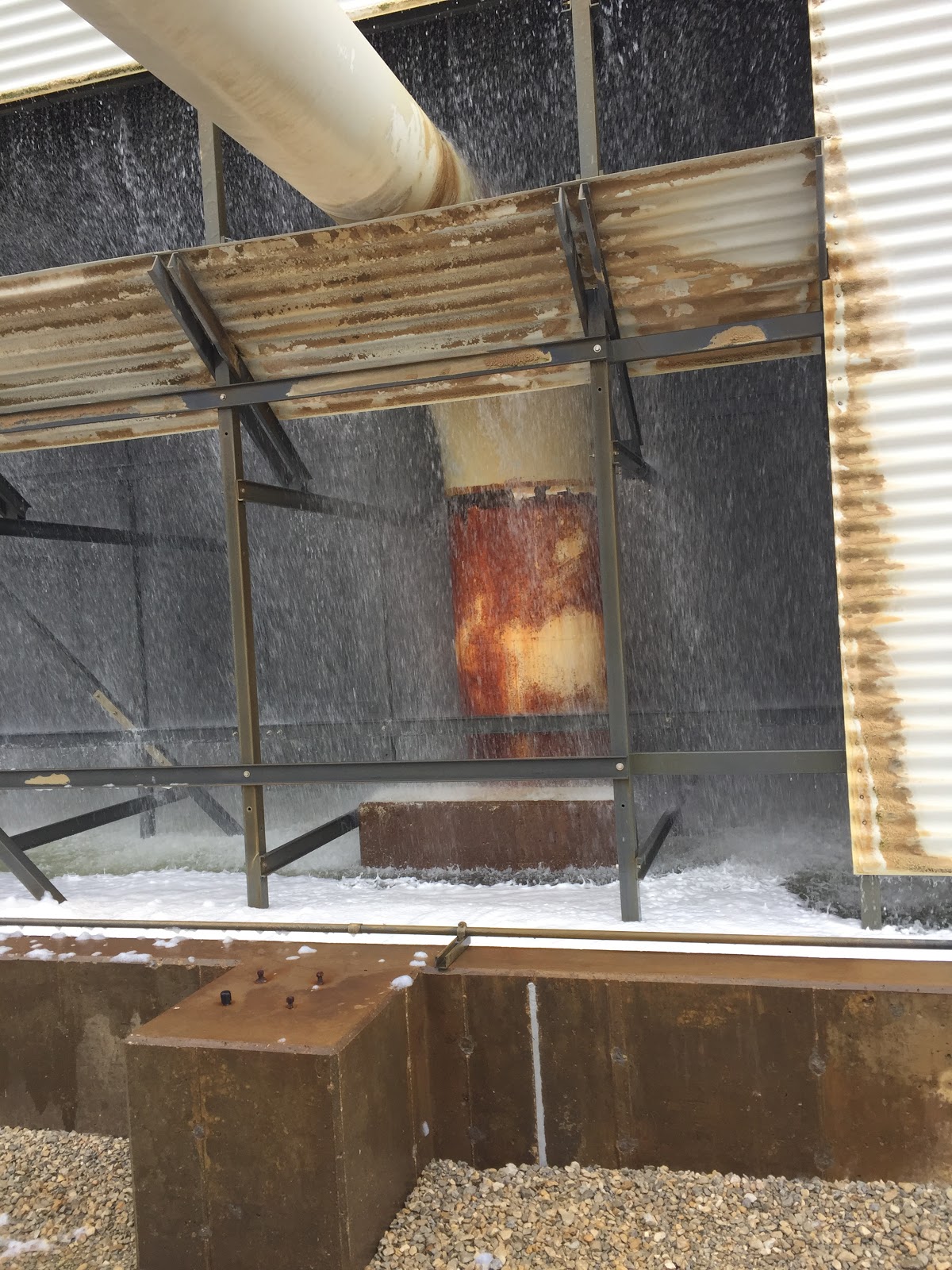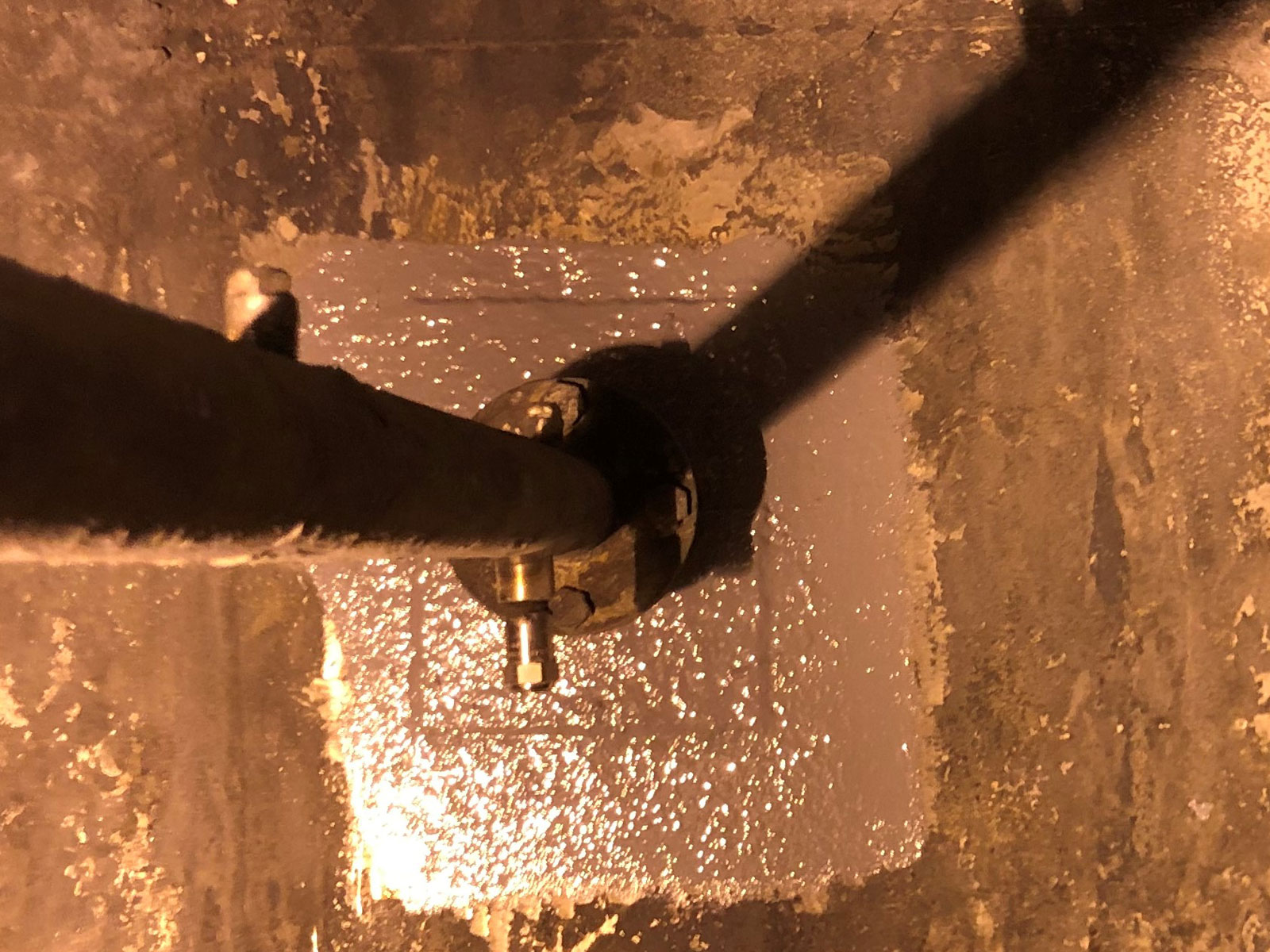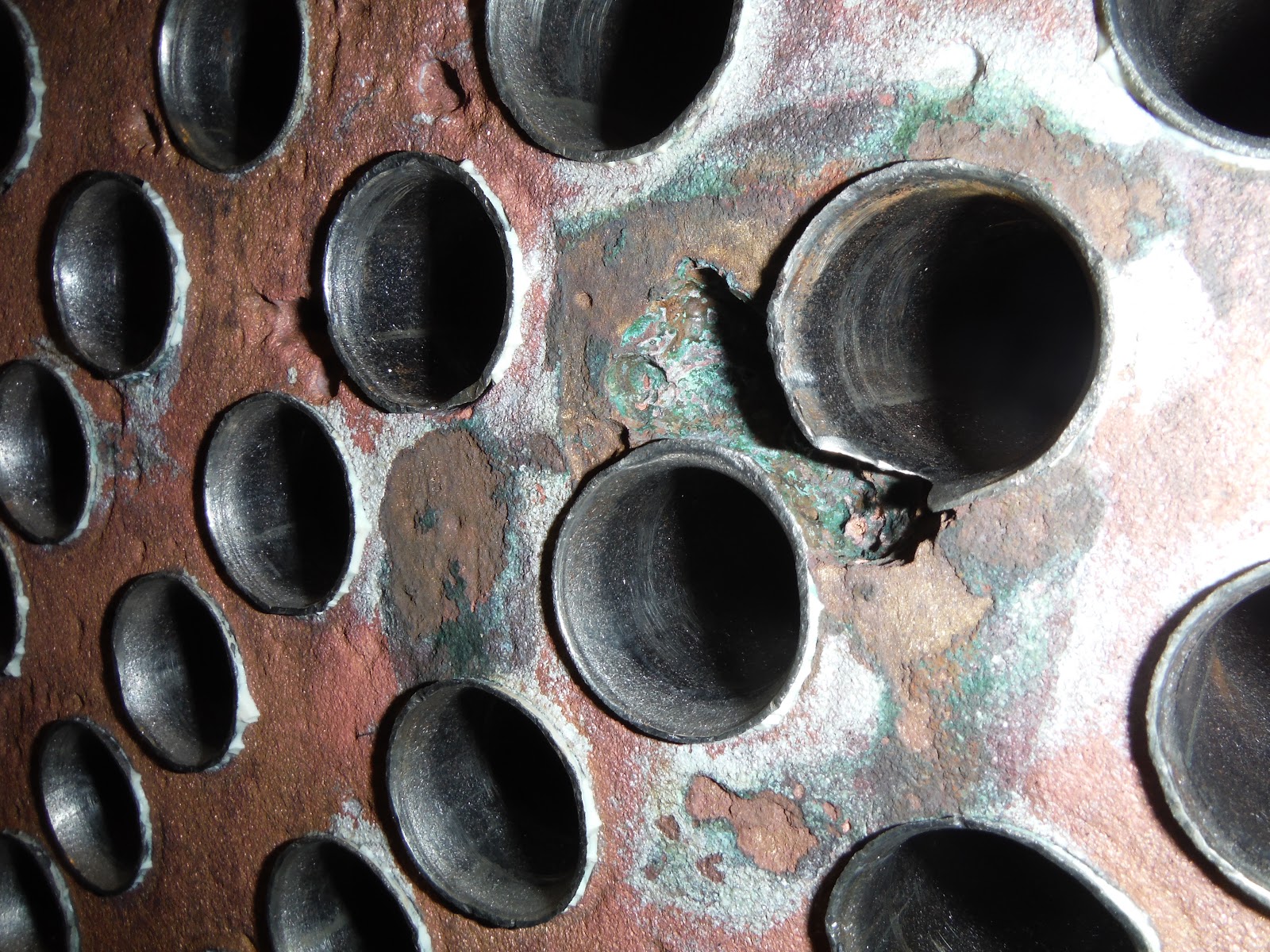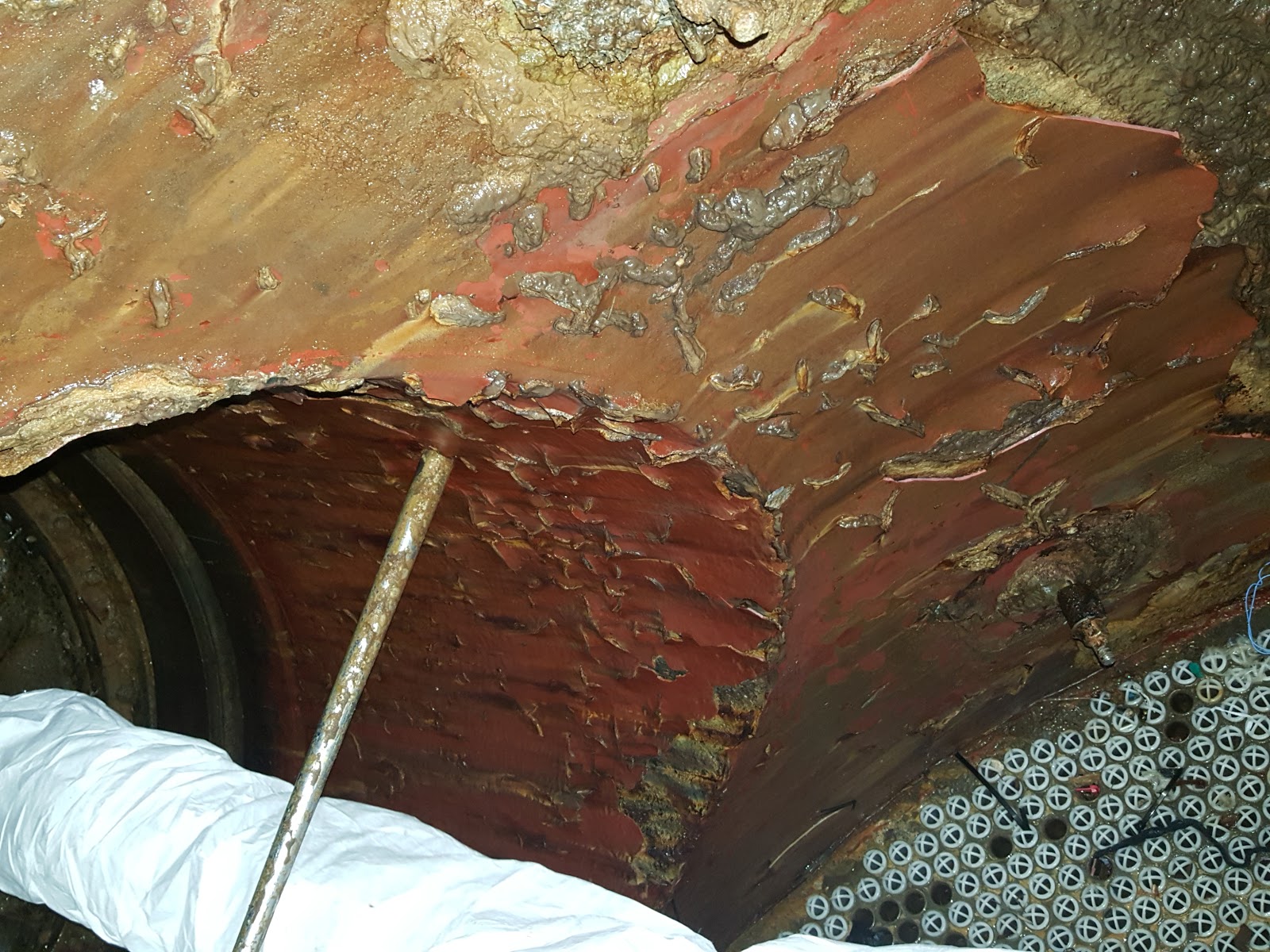-
Innovations in Carbon Fiber Composite Repairs: Properties, Performance, and Applications
Composite systems play a critical role in the maintenance and repair of essential infrastructure. These systems must be capable of performing across diverse operating environments, pressures, and temperature ranges. Over the past several decades, advancements in this technology have significantly enhanced overall performance. Components of a Carbon Fiber Composite Repair System The two key …
More -
Pipe Repair Sleeves or Composite Wrap for Effective Pipeline Repairs
Since the invention of pipelines, operators have employed a variety of repair methods to safeguard their productivity and protect against failure mechanisms. Two prominent methods have emerged as mainstream repairs for modern pipeline reinforcement: steel sleeves and composite wrap repair systems. While steel sleeves have been a mainstay solution for decades, composite repairs have gained …
More -
Where Tension Meets Compression: Applications of Pre-Stressed Concrete Cylinder Pipe
Pre-stressed concrete cylinder pipe (PCCP) has been a widely utilized composition of large-diameter pipe for nearly a century due to its economic advantages. First introduced as a lower-cost alternative to full steel or concrete pipe, it has been extensively used in water and wastewater applications. Its use also extends to industrial environments like power plants, …
More -
Common Challenges with Field-Applied Liquid Epoxy Pipeline Coatings
As seen in Pipeline & Gas Journal March 2024, Vol. 251, No. 3. Coatings are an incredibly important part of maintaining safe pipeline operations and asset integrity, including being a first line of defense against corrosion and corrosion-induced failures. In 2022, corrosion accounted for 22.4% of all incidents in hazardous liquid lines and 11.7% of …
More -
Composite Repairs Effective for Various Pipeline Defects
As seen in Pipeline & Gas Journal October 2023, Vol. 250, No. 10. Composite repairs are an effective method for repairing various defects in pipes and continue to gain widespread acceptance in critical industries, like midstream oil and gas, because of the multitude of benefits they offer. These benefits include 1) being quick to install, …
More -
Will It Work For You? 5 Reasons Why Composite Repair Kits Are Safe, Reliable, and Compatible with Your Repair
1) Adaptable Surface Preparation Requirements Surface preparation is an important first step to installing an effective composite repair, but the procedure may vary based on the requ irements of the repair. Sand or grit blasting the area is the typical method of surface preparation. However, for special situations, like significant internal or external corrosion with …
More -
Translatable Benefits of Carbon Fiber Composite Repair Applications Throughout Pipeline Networks
For upstream, midstream, and downstream sectors, pipelines are vital to gathering, transmitting, and distributing the energy people need. These pipelines create a complex network of lines, with a complex network of supervising entities. Whether you are an operator of a major gas transmission network or a utility company servicing customer homes, composite repairs are a …
More -
Key Challenges for Composite Repairs for Power Transmission Pipe-Type Cables and How to Overcome Them
When it comes to maintaining, repairing, or proactively protecting high-voltage pipe-type power transmission cables, reliability, safety, and continuity of service are of the utmost importance. Composite repairs for these pipe-type cables come with their own set of key challenges not always encountered in other industries. High-pressure, fluid-filled (HPFF) transmission lines often face substantial threats. Their …
More -
Composites in Offshore Applications: Overview of Key Considerations & Challenges
Composites are a proven solution for repairing pipelines experiencing internal and external corrosion, dents, erosion, and other defects without downtime or costly replacement. However, just as no two repairs are exactly alike, no one repair solution fits all. Composite repairs are most effective when certain conditions are met, which is important to consider when thinking …
More -
Coating the Uncoatable: How to Solve Seemingly Impossible Coating Challenges
Internal pipeline corrosion is a gradual process that causes the surface of a pipeline to break down or degenerate. It is caused by chemical reactions on the internal surfaces of the pipelines due to the presence of water, oxygen, electrolytes, and certain molecules. Learn more about internal pipe corrosion and how you can detect it, prevent it, and repair it using carbon fiber composite systems.
More -
Concrete Slab Crack Repair: Best Methods for Walls & Floors
Internal pipeline corrosion is a gradual process that causes the surface of a pipeline to break down or degenerate. It is caused by chemical reactions on the internal surfaces of the pipelines due to the presence of water, oxygen, electrolytes, and certain molecules. Learn more about internal pipe corrosion and how you can detect it, prevent it, and repair it using carbon fiber composite systems.
More -
Internal Pipe Corrosion: What to Look For and How to Repair It
Internal pipeline corrosion is a gradual process that causes the surface of a pipeline to break down or degenerate. It is caused by chemical reactions on the internal surfaces of the pipelines due to the presence of water, oxygen, electrolytes, and certain molecules. Learn more about internal pipe corrosion and how you can detect it, prevent it, and repair it using carbon fiber composite systems.
More -
How to Repair Concrete Columns with Carbon Fiber Composites
Construction companies are increasingly using composites like carbon fiber and glass-reinforced plastic or epoxy injection to provide external confinement for damaged and weak concrete core when the capacity of the existing column is inadequate. These techniques provide an additional advantage of stopping further degradation of corroded reinforcing steel.
More -
Carbon Fiber Composite Tank Repairs
Offering a combination of strength and longevity, Carbon fiber based composites are becoming a popular technology for repairing industrial tanks. Advanced FRP Systems has a wide range of corrosion prevention and structural rehabilitation solutions utilizing carbon fiber composites. Because of carbon fiber’s ability to fit a variety of shapes, it can be used to repair [...] More -
Solutions for Pipe Damage Caused by Acoustic-Induced Vibration
Vibrations in piping systems can cause a myriad of issues ranging from equipment damage to fatigue failure. While there are some causes of vibration that are observable through normal operation and inspection, Acoustic-Induced Vibration (AIV) is different as it is caused by acoustic waves occurring at high frequencies. As these high-frequency sound waves travel through [...] More -
Carbon Fiber Solutions for Structural Repair and Reinforcement
Around the world, the degradation of infrastructure is a major challenge. The use of carbon fiber-based composite systems to protect and reinforce infrastructure has allowed for the repair of bridges, beams, and columns that otherwise would have to be replaced. Carbon fiber offers several distinct advantages over traditional materials like concrete, steel, or wood when it comes to structural reinforcement. Learn about the addressable areas and application of carbon fiber in infrastructure in our latest blog post.
More -
Online Composite Reinforcement of a Heat Exchanger Shell
Heat exchangers are a critical industrial component used to keep chemicals, water, gas, and other substances within a safe operating temperature. Damage to any of its components can pose significant risks to the facilities and workers that operate them. Read on to learn how Advanced FRP Systems helped a chemical manufacturer salvage one of their [...] More -
Composite Repairs in High-Temperature Environments
Updates of the code requirements along with the development of more robust Carbon Fiber Composite Repair Systems have allowed oil and gas refineries, chemical manufacturing plants and other industrial facilities to use these composite repairs on their critical piping systems. In the past, composites have only been used for circulating water lines and other low-risk [...] More -
The Complete Guide to Corrosion Management System
Advances in inspection techniques and corrosion mitigation technologies have changed the perception of corrosion in industrial settings from being inevitable to something that can and should be managed. However, even the best corrosion mitigation and inspection tools cannot fully alleviate the significant threat that corrosion poses to pipes, tanks, and other metallic structures around the [...] More -
Pipe Repair Methods: How to Repair Leaks in Critical Water Lines
In previous blog posts, we’ve spoken about how coatings can fail in industrial facilities, especially in water immersion conditions. This post will discuss the variety of options that an industrial plant has to repair leaks in critical water piping systems like circulating water lines, fire suppression lines, and service water lines. We will explore the [...] More -
Why Do Circulating Water Lines Fail?
Circulating water lines are pipes used in power generation facilities, chemical plants, oil refineries, and other heavy industrial applications. They differ in terms of design requirements but have common features and common reasons for failure. Today, repairs for circulating water lines can use several different methods. Each method has its place, which is why it’s [...] More -
Coating Failures in Water-Immersion Conditions: Poor Surface Preparation and Application
Along with Osmotic Blistering and Microbially Induced Corrosion, Poor Surface Preparation and Application is the third reason for a failure of industrial coatings in water-immersion conditions. In our previous blog posts, we explored Osmotic Blistering and MIC. This blog post explores common issues that can lead to poor surface preparation and application and how to [...] More -
Microbially Induced Corrosion: Coating Failures in Water-Immersion Conditions
Broadly speaking, industrial coatings used in water-immersion conditions fail due to the following: Osmotic Blistering, Microbially Induced Corrosion (MIC), and Poor Surface Preparation and Application. In our previous blog post, we explored Osmotic Blistering as a common cause of coating failure in water-immersion conditions. This blog post explains how microbiologically influenced corrosion impacts the protective [...] More -
Coating Failures in Water-Immersion Conditions: Osmotic Blistering
Water-immersion conditions are found in a variety of industrial applications. Circulating water systems, tanks and other critical infrastructure made of metallic substrates are typically protected from corrosion by immersion-grade coatings designed to act as barriers to prevent corrosion. For asset owners and maintenance staff, the ability of coatings to provide continued protection from corrosion or [...] More
Need Specialty Repairs?
Contact us for a free evaluation!
X

